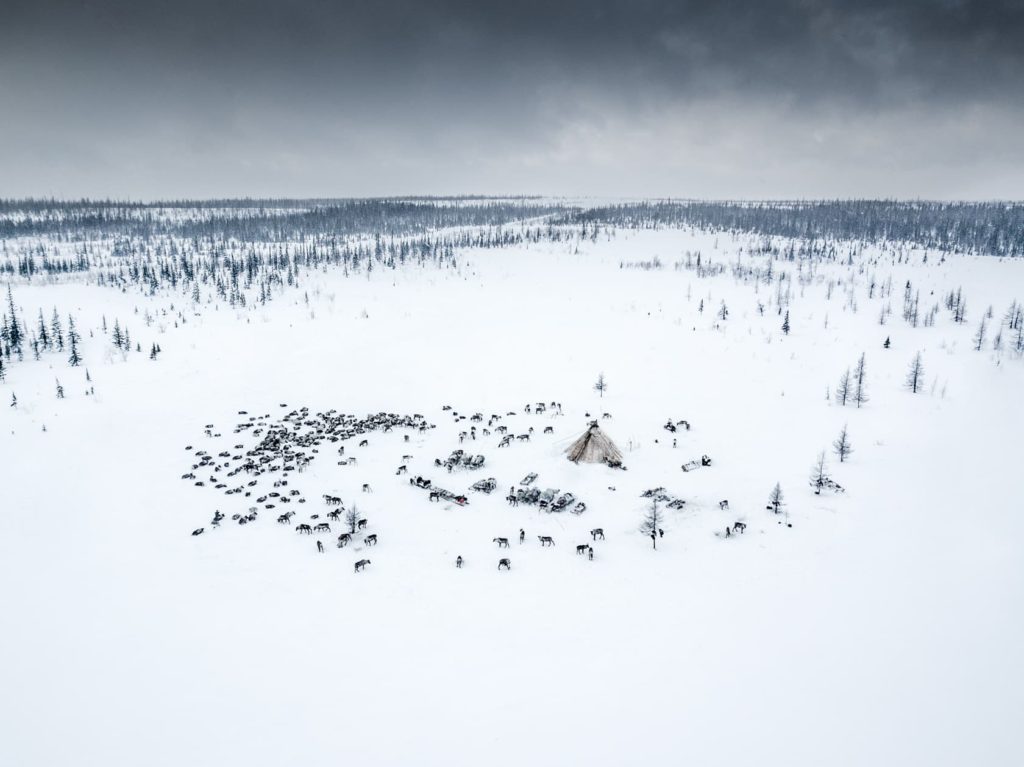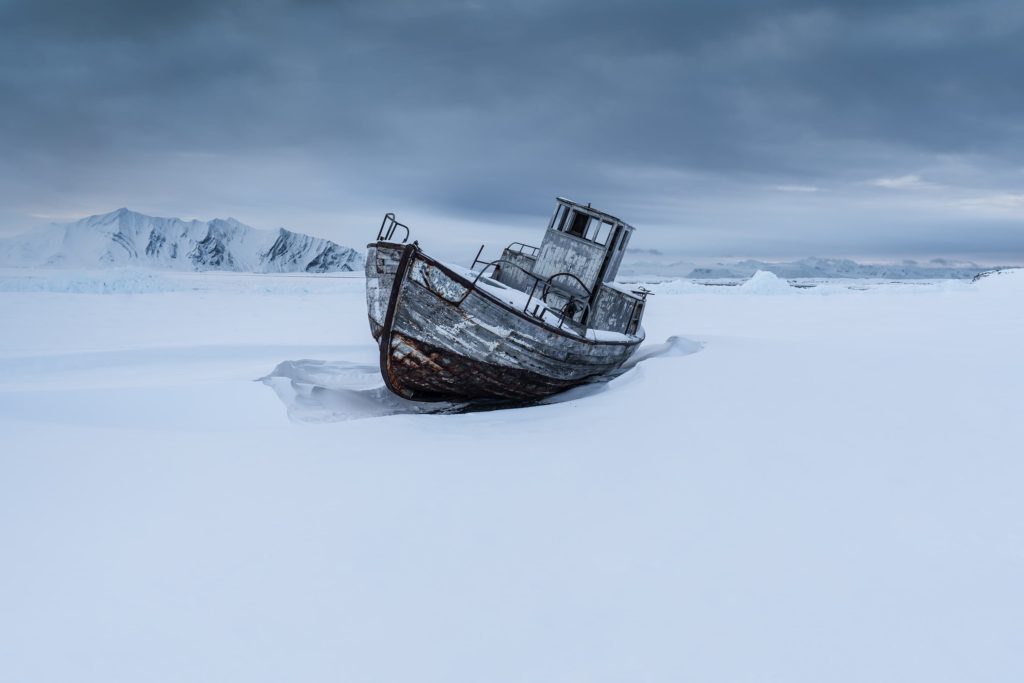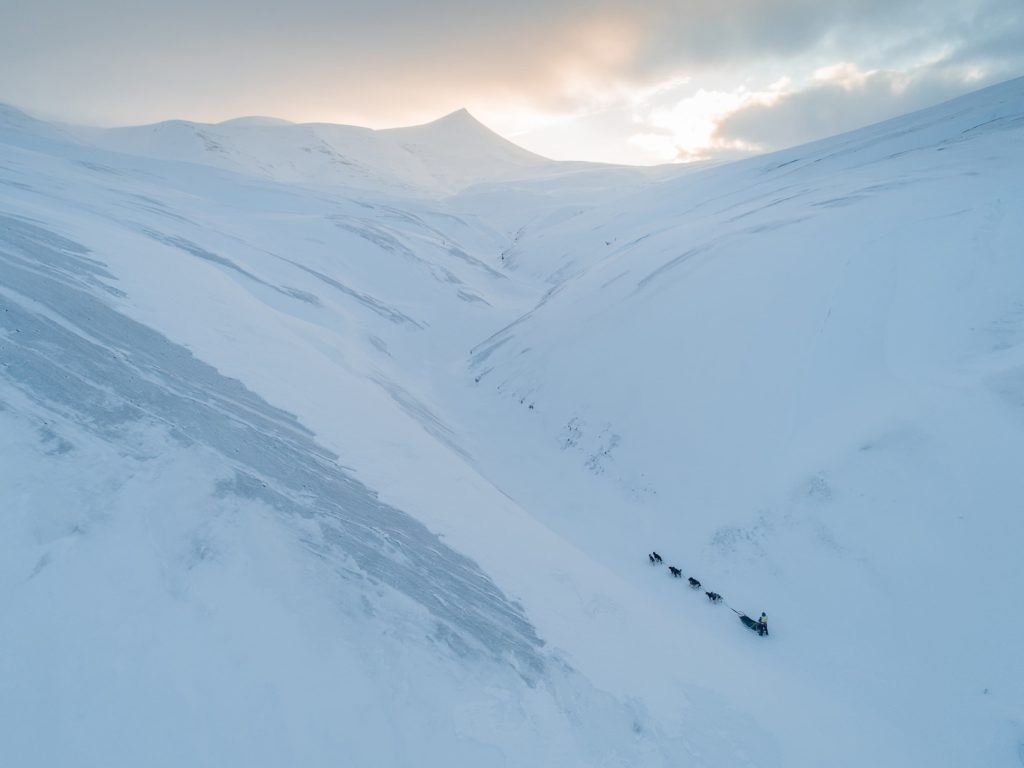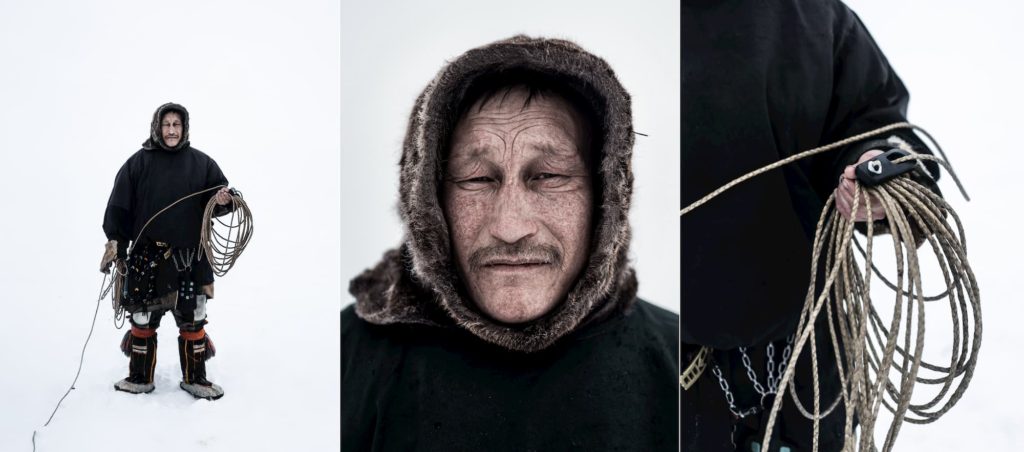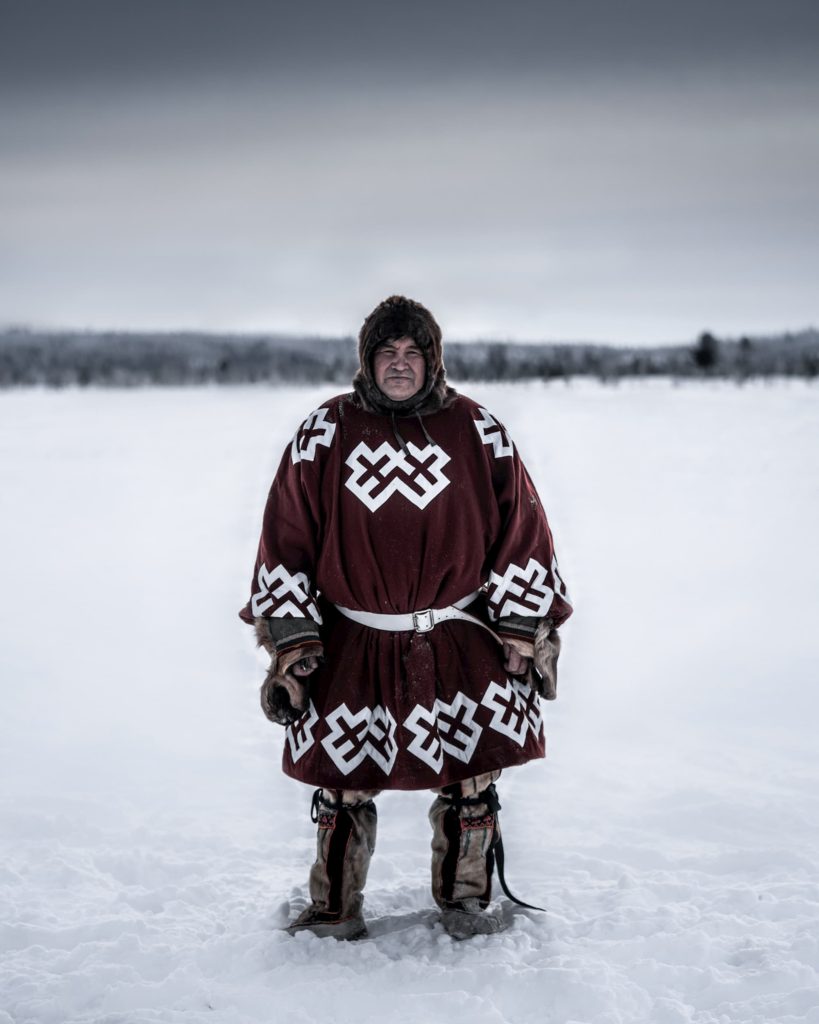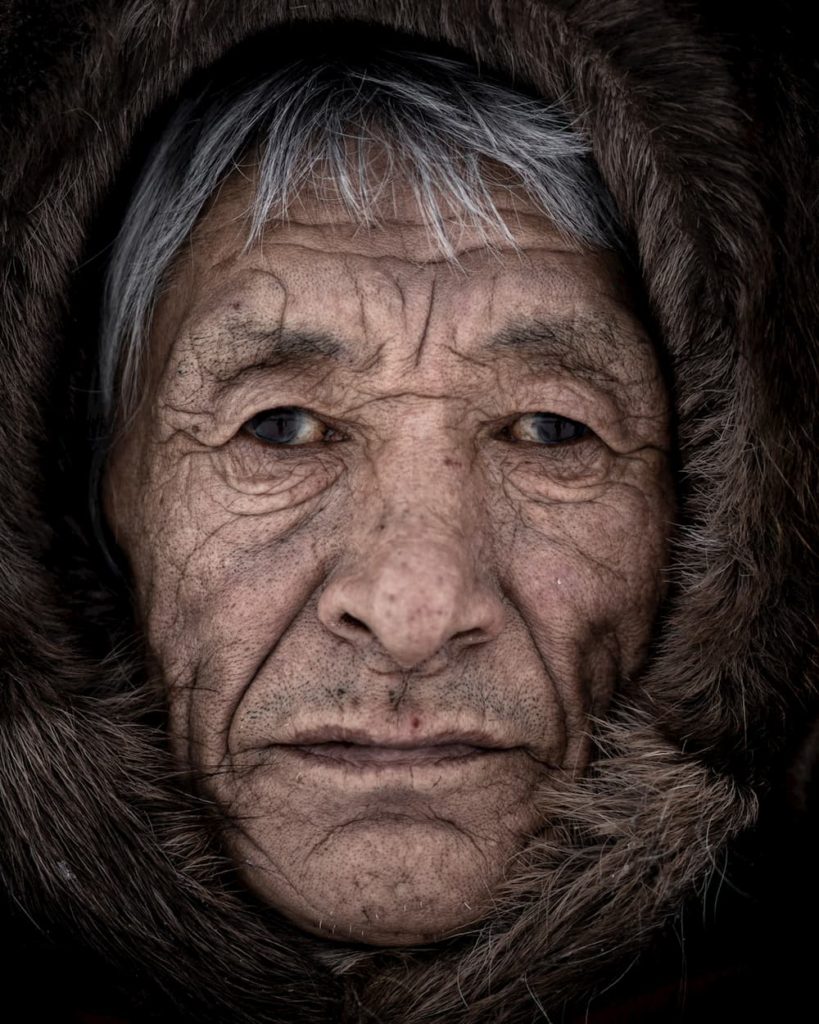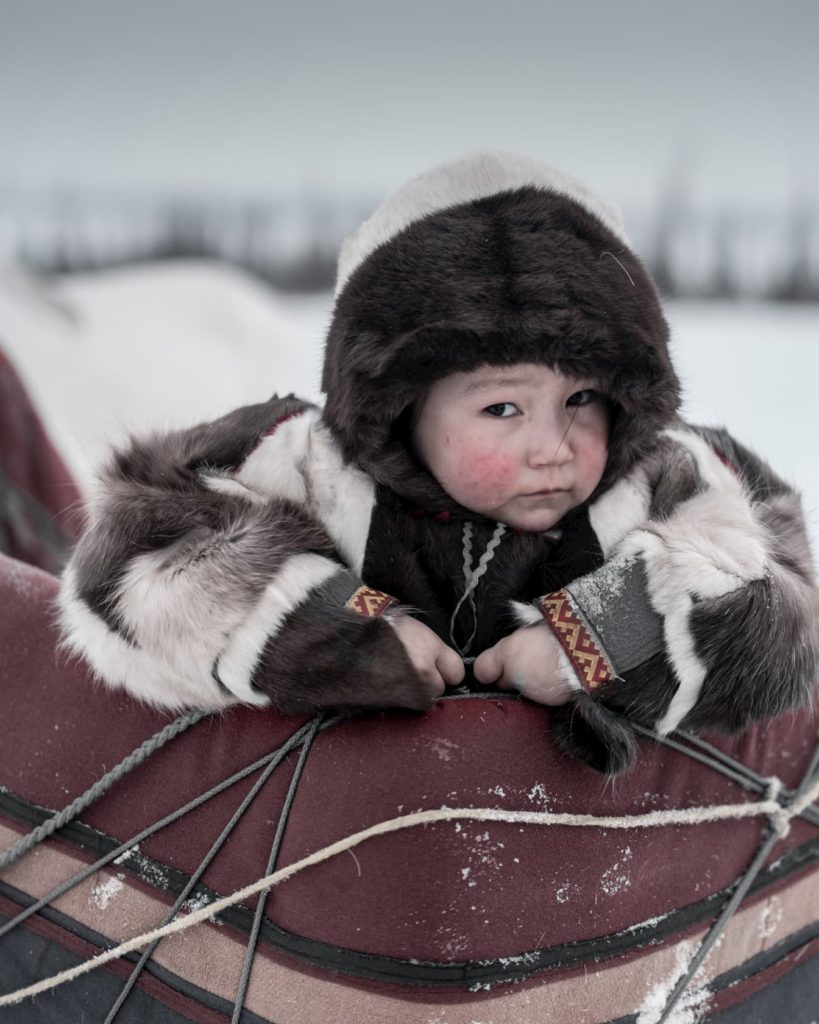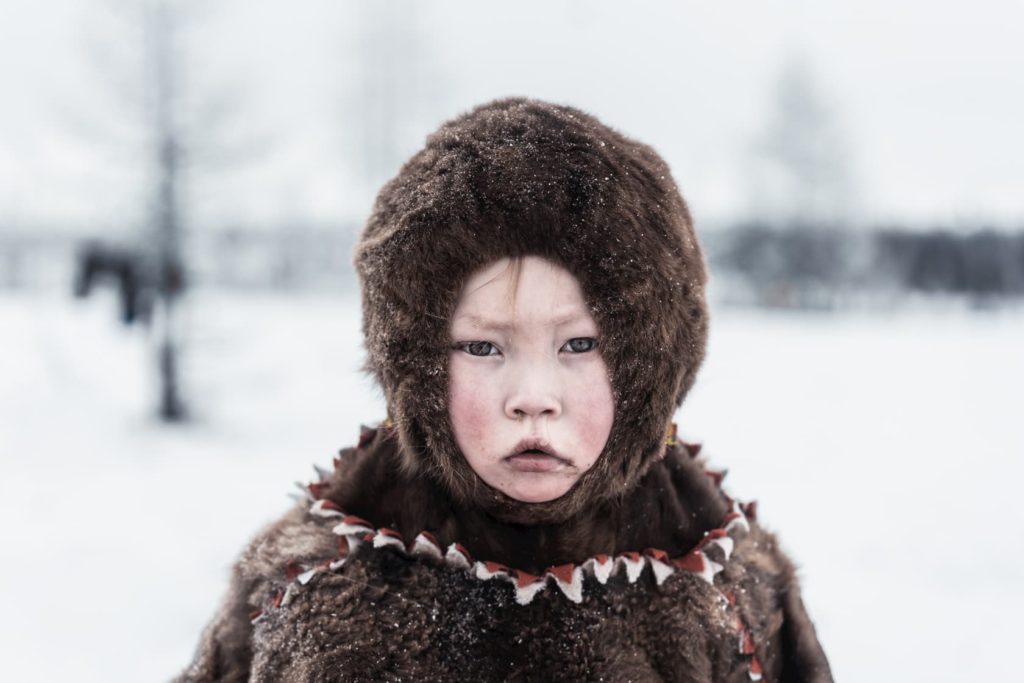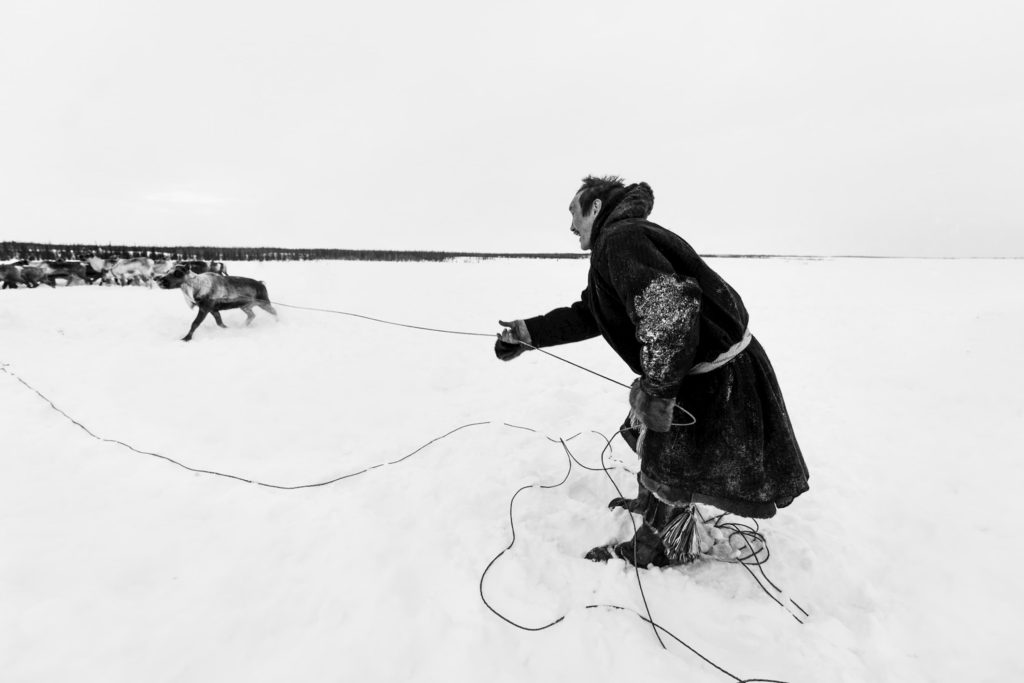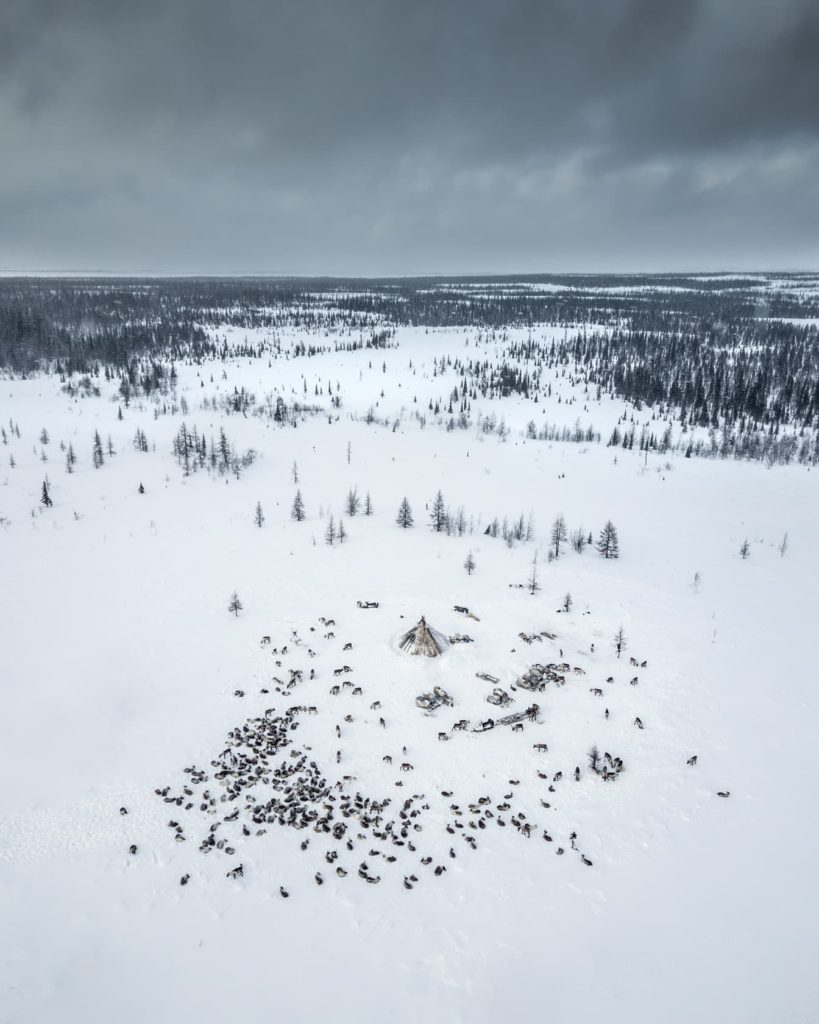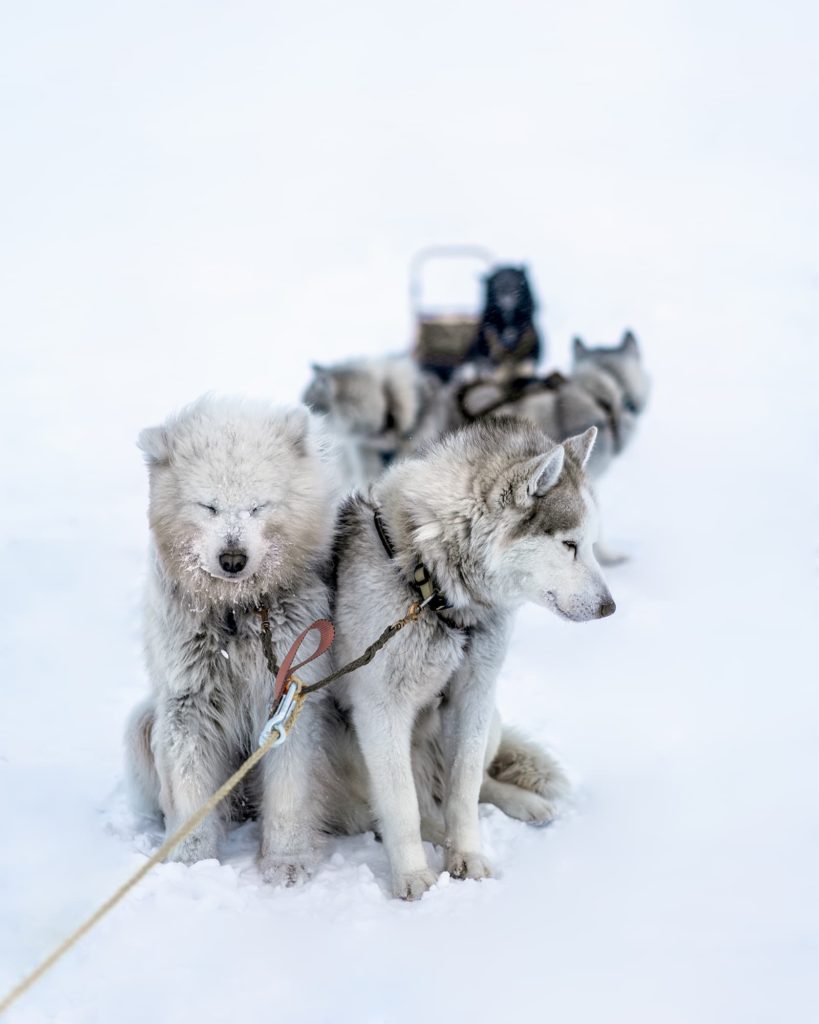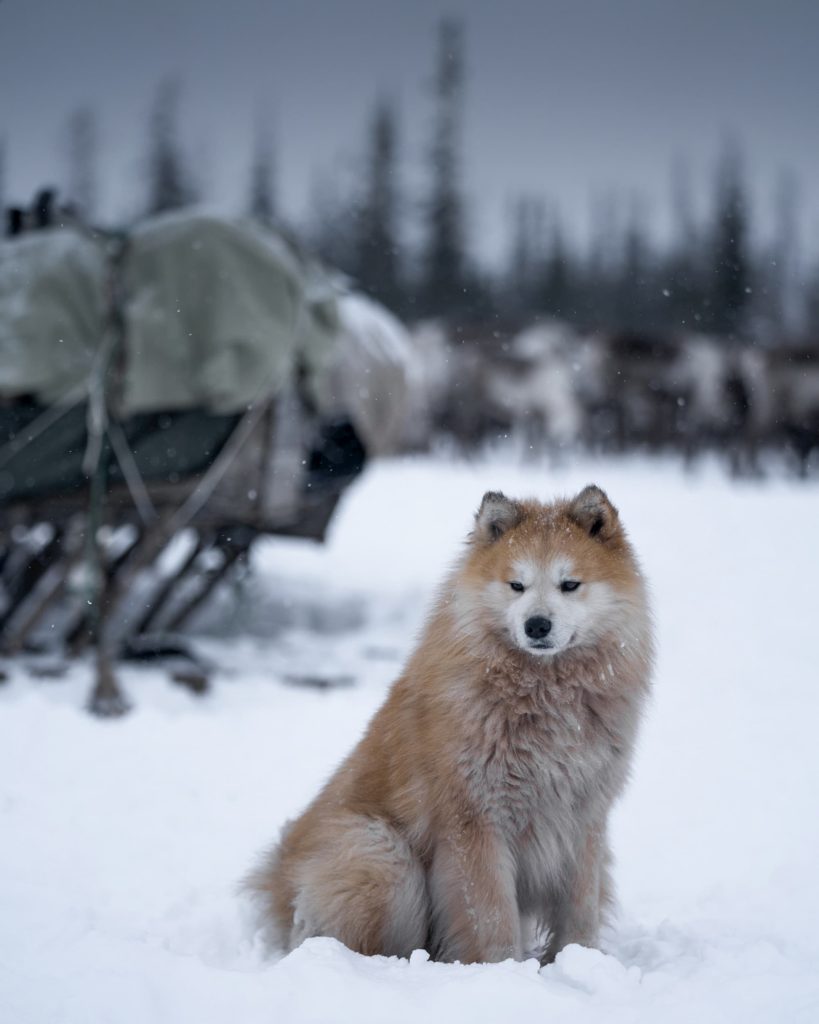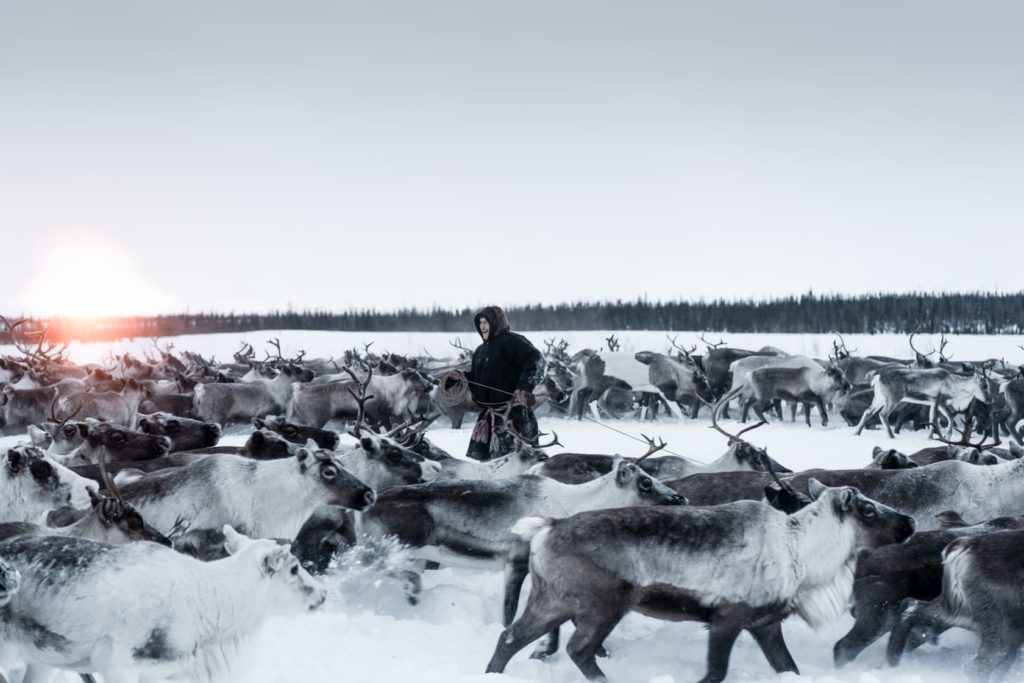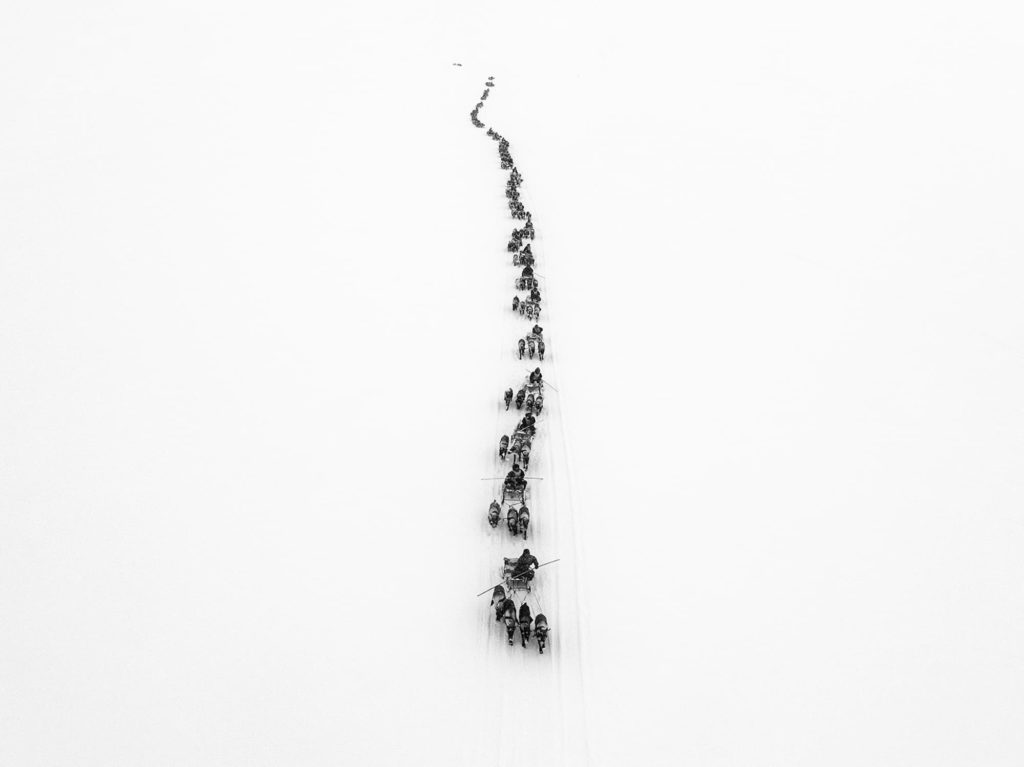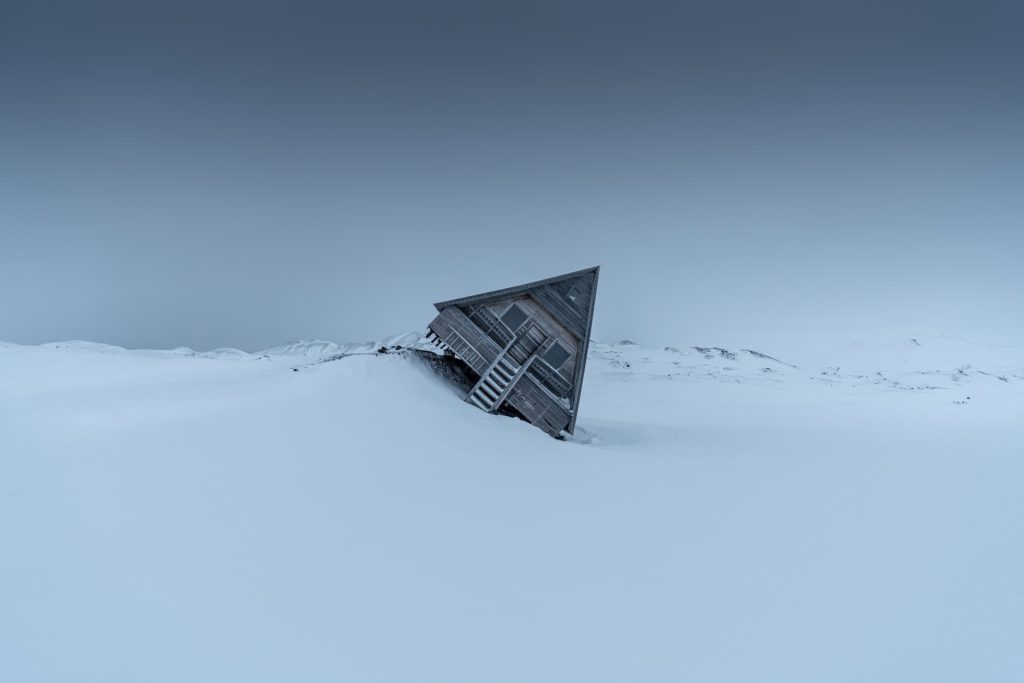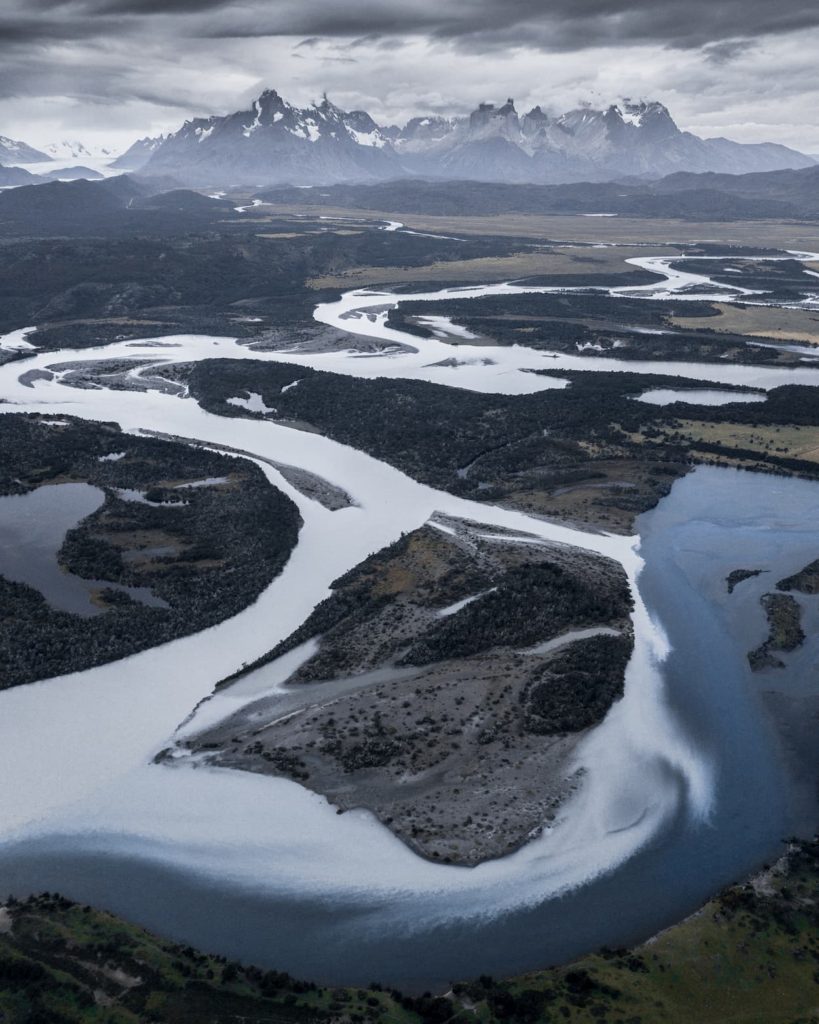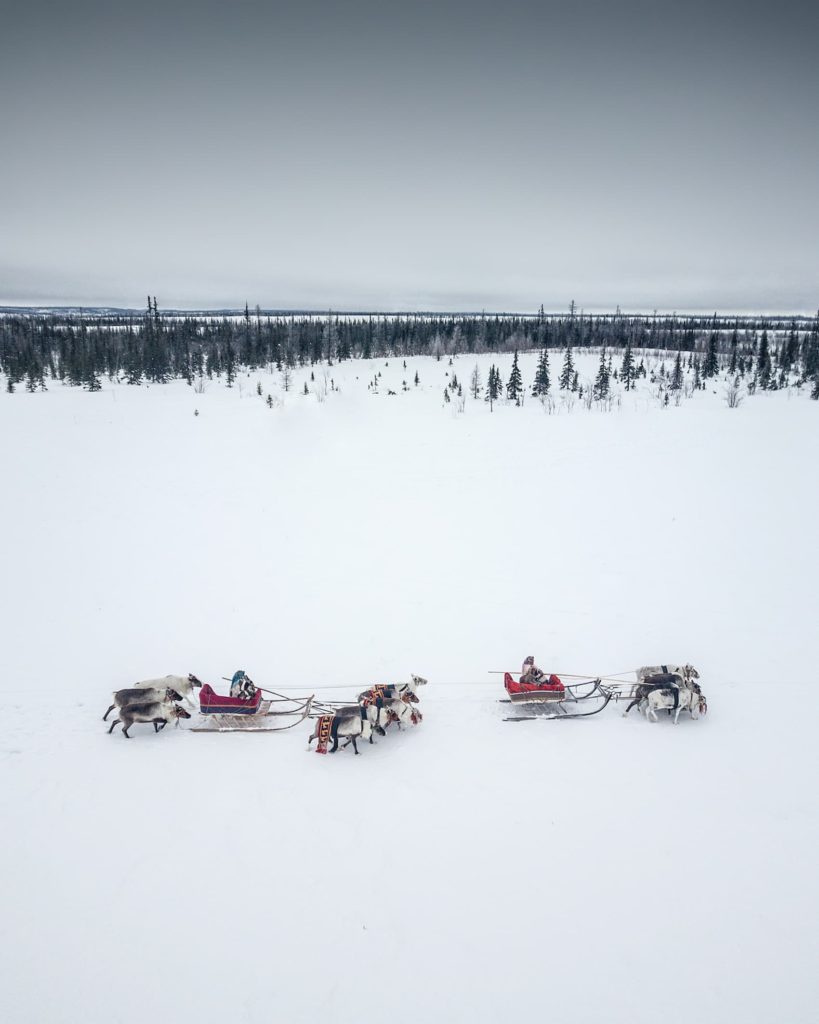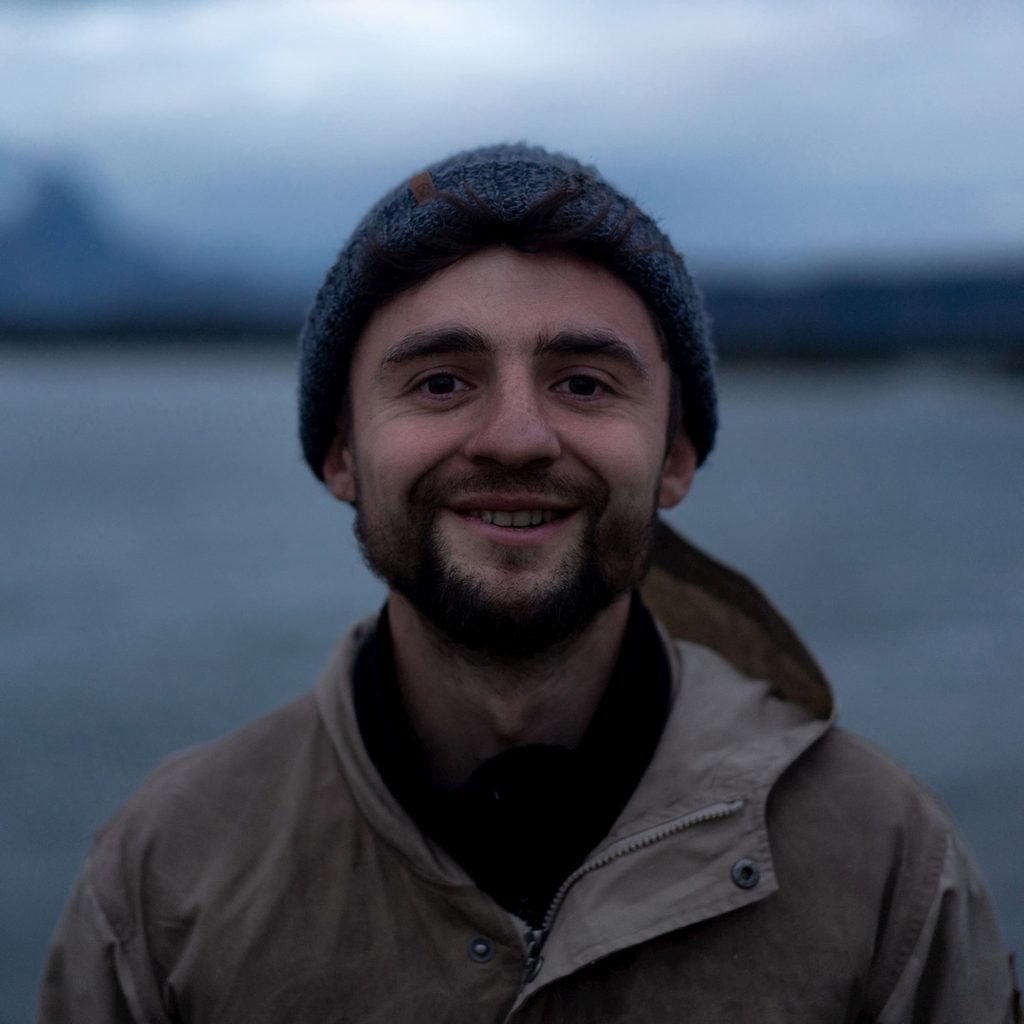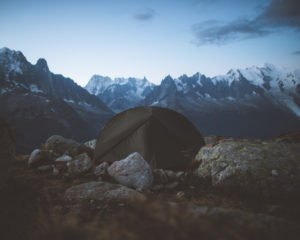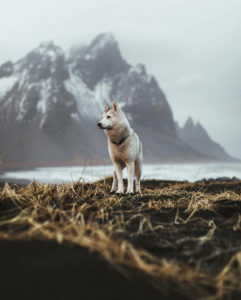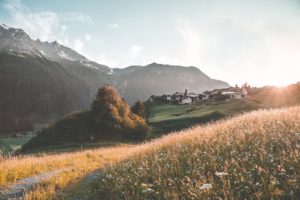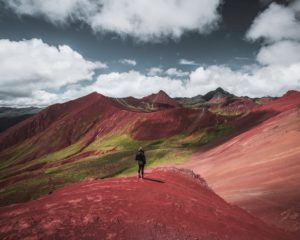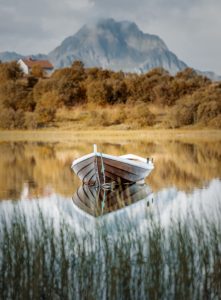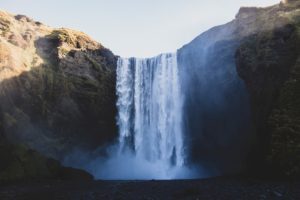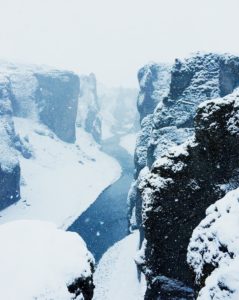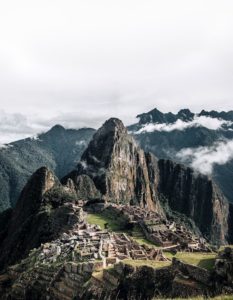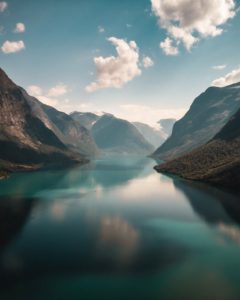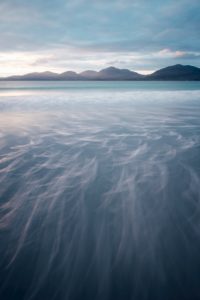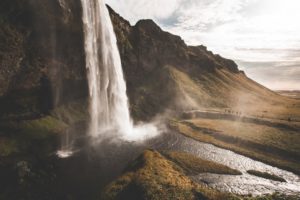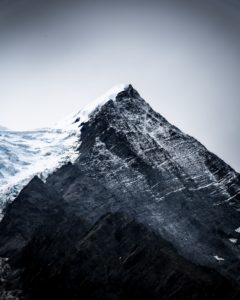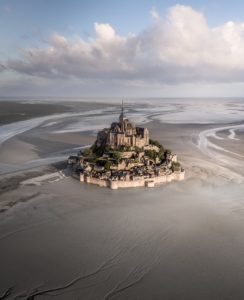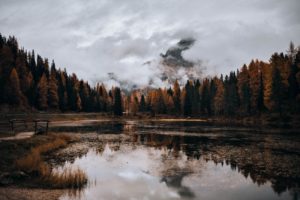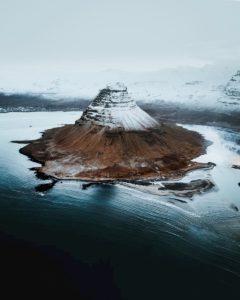
Alexander Mazurov
@alex.mazurov
Photographer based in Russia
Introducing Alexander Mazurov
Alex is a travel photographer based in Russia. As a kid he always had the desire to express his creativity; he just didn’t know how. He used different tools; painting, sculpting, music… When he got a camera at the age of 15, he instantly knew he had found his tool. Years passed, until one day he just felt too tired of doing what he didn’t really love. So, he followed his feelings and resigned from his job as an education analyst, without having any backup money, neither being sure whether it would be possible to earn enough with photography. “The only strategy I had was just the wish to become a photographer” Alex said.
Once he started traveling with his camera, he was deeply inspired by the people around the world. “All the different lifestyles, cultures… I wanted to experience this and talk to people. This diversity inspired me. Especially in my own country.” Since a few years now he is passionate about the lifestyle of Nomadic reindeer herders in northern Russia, and he decided to photograph them. By showing interest and respect in their culture and traditions he was able to connect deeper with them. Today, he even organizes workshops for others to experience this completely different lifestyle and culture of the nenets, providing opportunities to photograph.
When it comes to photography he recommends to manage your energy and make sure you fuel yourself, with anything. “I see it like I have a jar which I can fill with inspiration by listening to my emotions, reading books, watching movies, looking at other types of art…” When this jar is empty, it’s fine to procrastinate and take some time. Especially when it comes to creating art, inspiration has to flow and cannot be forced.
According to Alex, deep inside we all have a vision, a desire. And that leads us to where we want to be, but only if we put effort and energy into that desire.
Do you want to read more about Alex’ passion, his experiences with the reindeer herders in Yamal and his photography project “One hundred roads to God?” Then, keep reading!
Interview
Welcome Alex!
Can you explain us where your passion for travel and photography comes from?
That’s a question I asked myself lots of times but honestly, I still have no right answer. I just know that I have always been interested in art. As a kid I made sculptures, played guitar… I was enjoying different forms of art. I had this desire to express creativity, I just didn’t know which tool to use I guess. Since I got my first camera when I was 15, I knew I had found my tool. I wanted to become a photographer. I hadn’t any idea about what kind of, I just wanted to take pictures.
This is something I found out while getting older and it has been changing over time while getting in touch with different photography genres. When I started to do photography, I focused on film portraits and street shots. No travel at all. Then I remember a moment when I got bored of my city. That’s when I started to travel and bring back my first travel shots. Not good ones, by the way. A little later the instagram came and my travel photography went to the “hats and yellow raincoat” period which then developed into landscape photography 🙂
The last change was not so long ago, only a few years. I realised that I can’t do only landscapes and I was deeply inspired by the people around the world. All the different lifestyles, cultures… I wanted to experience this and talk to people.
Sometimes I am shocked, sometimes I have to delve deeper to get to know the different values, and the similarities of course. This diversity inspired me. Especially in my own country. It can be hard to imagine how life can be diverse for people in different regions if you haven’t been exposed much to something else than what you have always known. As a person who was born in a small village, grew up in a capital, then moved to a smaller city and currently travels a lot, I feel this diversity.
"But many people don’t travel a lot inside Russia, so now my passion within travel and photography is to showcase how rich and diverse our own country could be."
You are doing photography full time nowadays. When did you realize this was an attainable path for you to pursue and what strategies did you implement in order to succeed in this regard?
I am not really a strategist in my life, so I became a full time photographer by a happy coincidence combined with a hectic temper. I was just so tired of my full time job as an education analyst so I just went to my boss and said that I didn’t want to work there anymore. I did by following my feelings, without any backup money or job offer. I was a little panicked for 3 months without knowing whether it would be possible to earn enough with photography. But somehow, it started to be enough. Social media started to boost those days; that way I got the first contracts and that’s how it all started.
"The only strategy I had was just the wish to become a photographer. So in my opinion, the wish to do what you love only matters and if it’s strong enough, you will find the way to it."
You have shared meaningful adventures with your online community. We tried to translate some of the descriptions below your photos and got to know that on one of these adventures, you had the opportunity to spend time with the reindeer herders in Yamal, northern Russia. You photographed a man belonging to the Khanty (Ugrian indigenous people) if I am correct… How was it to immerse yourself in their culture and being able to learn from authentic, local people from that area?
The lifestyle of Nomadic reindeer herders in northern Russia is my passion since the last few years (and I’ve just finished the photo essay about them which you could check here.) When I decided to photograph them 1,5 years ago, I was completely blown away by their way of living, skills, and communication. I went to the annual reindeer herders day in Samburg. Coming from a world with Wi-Fi and cappuccino on every corner I couldn’t really communicate with them as I didn’t have a mediator with me. Literally, we had skirmishes with some reindeer herders. Not all of course because most of them are nice people, but the cultural differences are significant. I was impressed by their lifestyle and culture. And I knew I would come back to understand how they communicate and live. I won’t say that I totally got to understand them but I made progress.
"At least I managed to start the dialog with them and know better how to behave to get closer to them."
They are not that disconnected from civilization as you may be thinking now. They have petrol generators that provides electricity for their nomadic homes. They have light, television (the huge ones with antennas)… Their lifestyle is mixing more and more with the civilized lifestyle.. Once in a year there’s the reindeer herder day, as I spoke about before. There are many journalists, and photos and videos are being taken so they are familiar with cameras and all this.
"Although they are proud of their traditions, things are changing and civilization will take over more and more because of the government that tries to bring civilization to them and benefit economically, tourism and children of the new generation who decide to leave the community."
Children go to school in the settlements, these are special schools for children of reindeer herders. They live there during 9 months and come home for the holidays.. After completing school they can choose to go back to reindeer life or to enroll at a university, but most of them chose to move to the city and start at a university. There are different things that are treating the indigenous culture, that are disconnecting the people from their roots and traditions. Like what happens with many other indigenous communities all over the world.
Besides Khanty people, you have portrayed more natives (nenets people) during your travel in the region, each of them impactful, telling a complete story. How was it to photograph them? How did you manage to connect with them and portray them in such manner?
Well, first it’s quite difficult to get in contact with them as they are quite silent and closed people. But when you show that you are really interested in their culture, they immediately change their attitude and their way of communicating with you. That is the moment that you start to connect with them and get to know them. Among each other they speak the language native to their community, but with ‘outsiders’ they speak Russian. It always becomes easier to get closer when you agree to drink fresh blood from the reindeer stomach, haha. Well, even it’s a joke and it is not necessary to drink – they like to see people willing to learn and who truly accept and respect their culture because most of the citizens do not understand their life and judge, for example.
"Personally I did drink the blood a couple of times even I don’t particularly like it - it is not disgusting either."
What I do enjoy is eating raw pieces of flesh or brain. I know it sounds tough, but remember that for them, it’s normal and even necessary because it provides them with certain vitamins they need, especially in winter because they don’t have an access to fruits and vegetables at all.
Also, to work with them you need to be confident in what you want to do. Tell them clearly your idea and why and how you want it. This is especially effective for taking portraits. Collaborating with others can already be complicated sometimes, imagine when there’s a cultural barrier like in this case.
Would you like content like this sent to your inbox?
What is the most valuable lesson you learned spending time with the indigenous or people from other cultural backgrounds in general?
People are people, no matter where you are. This is a lesson I learn everywhere I go shooting. If you think that some cultural differences are strange, you need to open your heart as well as getting rid of judgment. To understand their life and way of thinking you need to see their lifestyle, to really connect with them and listen.
Correct me if I am wrong, but you seem to have a deep insight about remote locations of Northern Russia. How different is this region from Norway or Greenland for instance and what makes northern Russia unique? Why would you recommend photographers to visit this area?
In my opinion, the main point is the unique culture and lifestyle you can find here. I mean, there are not many places on Earth where people live a nomadic lifestyle in a such severe conditions. When talking about nature, it’s also spectacular. The north looks very similar everywhere in the world, but in Russia you can find variety. Kola peninsula looks exactly like Lapland, Chukotka looks like Yukon, Yamal is mostly flat and Plateu Putorana is a unique jewel. And this is all Northern Russia.
In one of your Instagram posts, you mentioned: “The oldest finds of a dog harness, sled and dog bones were discovered on the Novosibirsk islands. Estimated to be 7800-8000 years old. Both poles of the Earth were conquered by mushers (dog teams). Sled dogs always played a big role in the conquest of the north, so looking at this photo from Svalbard, I cannot help but dream of a full-fledged documentation of mushers somewhere in winter Greenland.”
How was it to experience and document a lifestyle and unique way of traveling, even conquering, that is such a deeply rooted tradition and has been used for so many years?
Occasionally these are just a few shots captured during the small trip in Barentsburg in Svalbard. They have plans to do their own dog kennel specialised in sled dogs so I was lucky enough to capture their trainings. But what I liked most is to talk with the dog trainers. They have absolutely different mindset and way of thinking, which is more connected to animals and you can feel it. After that trip I have a dream to capture a dog sled trip of an Inuit (a group of indigenous people sharing the same culture, inhabiting the Arctic regions of Greenland, Canada and Alaska) somewhere in Greenland. This is in my opinion the only way to genuinely feel and experience this lifestyle as how it is 🙂
You had the opportunity to give a workshop with the reindeer herders in Yamal. You took a small group of 6 people with you. How is it to teach other fellow photographers in such a remote area? What are the three main lessons you want to teach to your clients in this type of workshops?
Well, to be honest, in such areas you almost don’t teach but instead provide an opportunity to take photographs. I talk with reindeer herders and try to connect with them while guiding the group and giving them a chance to take a portrait. I advice on everything I can but of course I can’t teach everything about living in a Mya (traditional housing for reindeer herders) in the tundra (Russia’s most northern zone, meaning ‘treeless’), within just a few days.
Organizing this kind of photography workshop/tour is very different from the ones you may have in mind. I am arranging everything together with a mediator, someone whose origins are nomadic and has family in the community, but lives him/herself in the city. This mediator helps the community with communication, products, food, etc. Having a mediator, I can be sure that everything is okay and comfortable for people joining the workshop. We arrange that the participants can sleep in the homes of the community members, and the mediator can explain everything perfectly about the culture, advice on how to behave, etc.
It is very different from a normal photography workshop because there’s limited electricity, so working with laptops, showcasing things and editing is not realistic.
I really enjoyed one of your posts where you shared 5 of the most popular photographs – in terms of likes – over the past year. I know that the following might be a difficulty question, but, do you yourself have a favorite photograph? If so, can you share that one with us and let us know the background story? What makes that photograph so special?
Oh, that’s actually not a hard question for me now. The image you can find fellow means a lot to me as this was the beginning of a huge change. It was my first trip with the reindeer herders and the origin of my inspiration triggered by other cultures. It was also the image that made me realize that I wanted to change my visual style and be more minimalistic. And, most importantly, this image gave birth to the whole photography project about the reindeer herders.
You involved yourself in a personal project called “One Hundred Roads of God.” You mentioned: “Its essence is to talk about a hundred believers around the world. Representatives of various religious denominations. Those to whom faith has helped change their lives.”
This sounds like a meaningful project, congrats for the initiative 🙂 What inspired you to start this project? What is your final goal? Do you already have some insights about this project that you could share with us?
Thanks for your attention to this project 🙂 It started with a crisis; a difficult period in my life. I lost my belief in people, in myself, in god and the justice of the world. I think many of us sometimes feel this.
"But then I started to see that people who believe are happier than others, no matter what you really believe. The shell is not important, it is the internal spirit that leads you to happiness."
When you see a lack of kindness around, it means that you have a lack of it within yourself. And god, no matter in what form or religion, could help you to find it back. I think most of the people feel this at some point in their lives, so with my project I decided to remind them that they could find their internal peace back without limiting themselves to one religion but showing the stories of 100 different people who find their way to God. And to show that you can choose your own path that suits you.
What are four strategies or advices you would give to photographers in the beginning of their career?
First there is the wish, having the desire. In my case, photography was a hobby in the first years but all the time I had a vision, a desire, and that was becoming a photographer.
Second would be to put force and energy in that wish. I put at least two or three hours into photography every day; that can be taking photos, editing, participating in contests, looking at stock websites, reading… For me, a few hours every day worked perfectly. Otherwise I could exhaust myself or force myself. But that doesn’t work with art. You need to feel it, be inspired..But if you don’t work on it every day a little, you need a lot of time to progress and get to the higher level.
"Related to that I would recommend to really manage your energy and make sure you fuel yourself, with anything."
Do things that inspire you and procrastinate work if you are empty. I see it like I have a jar within which I can fill with inspiration by listening to my emotions, reading books, watching movies, looking at other types of art or work from other photographers which you can then re-interpret and create your own vision… But this jar can be empty at some point. And that is where I should let things flow and make sure my jar gets filled up again. For my cultural projects, I have been very inspired by two movies: Twenty Four Snows and Happy People: A Year in the Taiga. Both are about the culture and life in Russia.
Another tip would be to just go out and do it. I was reading articles about photography (YouTube wasn’t really a thing yet) and then I tried it myself. You do something, get an idea about how to do it better, and try it again. Results will improve by taking small steps. Manage your energy and be ambitious but patient.
For the fourth I would say build your portfolio and adapt it to any client that you approach. Now there is Instagram, which you can use to complement your portfolio. Instagram is a kind of diary, you can showcase any of your work and it is always available. But your portfolio shows your professionality: you prepare for a client, customize the content so it fits to the brand and show what you can do for them. For my project ‘Hundred roads of God’ about photographing 100 different people I did various media kits focused on this project.
